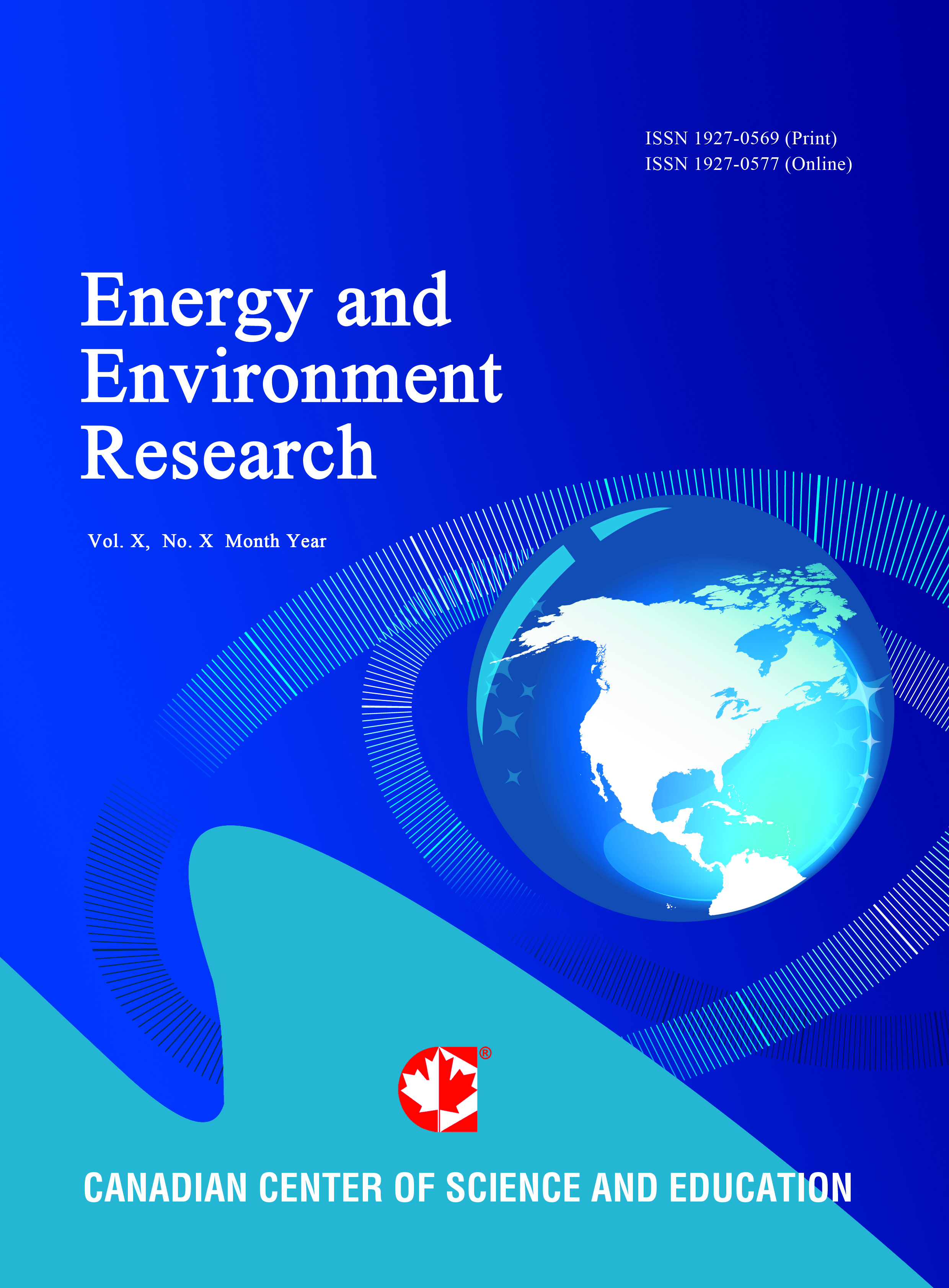Analysis on the Potential of Greenhouse Gas Emission Reduction in Henan’s Electricity Sector
- Zhang Shaohui
- Wang Shanshan
- Zhang Ruiqin
Abstract
Henan Province, located in the middle of China, is the typical case for a power system predominantly on fossil fuel and electricity sector, which is also the main emission source in Henan Province. In order to evaluate the potential for greenhouse gas (GHG) emission reduction of the electricity sector in Henan Province , this article analyses different development scenarios based on the “Long-range Energy Alternative Planning System” (LEAP) model to simulate diversification development patterns. Results showed that there is a potential reduction in GHG emission in the Henan’s electricity sector. The government should design and implement different emphasis in different terms. For instance, we founded that the greenhouse gas emission are decreased considerably in technology priority scenario (8.7 MtCO2) and energy structure optimization scenario (30.30 MtCO2)compared with baseline scenario before 2020, in terms of emission intensity per power unit, during 2005-2020, technology priority scenario, energy structure optimization scenario, and baseline scenario descend by 16.1%, 19.1%, 14.2%, respectively. Ultimately, it gives some policy advice to the power industry in Henan province, the advanced generated technologies will be employed to reduce the greenhouse gas emissions greatly before 2015; however, renewable energy and energy structure adjustment will play the dominant role in reducing the greenhouse gas emissions in the long term. It is also suggested to develop carbon tax and “Clean Development Mechanism” (CDM) projects in Henan Province, such as renewable CDM projects, Methane recovery CDM projects, waste heat/gas/pressure recovery CDM projects, to contribute to the reduction of greenhouse gas emission in Henan’s electricity sector.- Full Text:
 PDF
PDF
- DOI:10.5539/eer.v2n1p195
Journal Metrics
(The data was calculated based on Google Scholar Citations)
h-index (July 2022): 19
i10-index (July 2022): 53
h5-index (July 2022): N/A
h5-median(July 2022): N/A
Index
- BASE (Bielefeld Academic Search Engine)
- CiteFactor
- CNKI Scholar
- Elektronische Zeitschriftenbibliothek (EZB)
- Excellence in Research for Australia (ERA)
- Genamics JournalSeek
- Google Scholar
- NewJour
- Norwegian Centre for Research Data (NSD)
- PKP Open Archives Harvester
- Publons
- ROAD
- SHERPA/RoMEO
- Standard Periodical Directory
- Ulrich's
- Universe Digital Library
- WorldCat
Contact
- Lesley LuoEditorial Assistant
- eer@ccsenet.org
